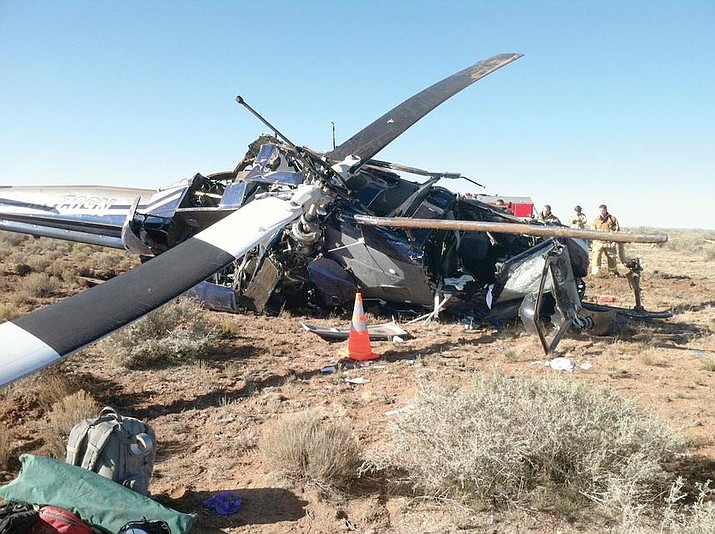I tend to believe the people who were actually there. Its a good question.
According to JC Pennington of the 174th AHC "the transmission seized at about 1,000 feet and it dropped straight in." CW2 Tews had no chance of autorotation and the aircraft pancaked.
This is not dissimilar to the deaths of 2 Marine Corps pilots in a UH-1Y Venom Jan 2015 for a recent example, and only at 400' AGL on short final.
"Two Marine pilots killed in a January helicopter crash in California were just a few hundred yards from their destination when the transmission of their aircraft seized, stopping its main rotor and causing it to plummet, according to a lengthy investigation into the crash."
https://www.marinecorpstimes.com/news/your-marine-corps/2015/10/25/investigation-faulty-filter-cover-pilot-error-caused-fatal-marine-helicopter-crash/
Here is another case, "According to the pilot, the helicopter was about 500 ft above ground level (agl) when he saw the master caution warning light illuminate; he then saw that the low transmission oil pressure light was also illuminated. He immediately maneuvered away from power lines and set up an approach to land. While descending, the helicopter yawed left and right, and, about 10 ft agl with the airspeed almost at 0, the main rotor speed slowed and then stopped, and the helicopter subsequently fell to the ground. The pilot reported that the engine continued to operate for about 15 seconds after impact.
An on-scene examination revealed that both main rotor blades remained intact with no leading edge damage. "
https://aviation-safety.net/wikibase/wiki.php?id=139915
Another, from B Co 123rd AVN (caps per link)
"THE SLICK WAS HEADED GENERALLY NORTH, THE SAME DIRECTION AS THE 174th FLIGHT, AND AT THE SAME ALTITUDE-1500 FEET MSL. THE SLICK WAS OBSERVED IN STRAIGHT AND LEVEL FLIGHT FOR APPROXIMATELY ONE MINUTE. APPROXIMATELY TWO MINUTES HAD ELAPSED FROM THE TIME THE SLICK FIRST REPORTED THE LOSS OF TRANSMISSION OIL TO TEAM LEAD UNTIL HIS SECOND CALL OF DISTRESS, DURING WHICH HE TRANSMITTED ALMOST CONTINUOUSLY, NEARING IMPACT WITH THE GROUND. THE SLICK WAS OBSERVED TO ENTER A GRADUAL RIGHT TURN, BEGIN WITH A DESCENT, AND INCREASE BOTH THE RATE OF TURN AND THE RATE OF DESCENT. HALFWAY THROUGH THE TURN, THE SLICK ENTERED A SPIN, DURING WHICH THE MAIN ROTOR BLADES WERE OBSERVED TO SLOW DOWN. AT AN ESTIMATED ALTITUDE OF FROM 400 FEET TO 700 FEET AGL, THE ROTOR BLADES STOPPED PERPENDICULAR TO THE FUSELAGE, AND THE SLICK ENTERED A FLAT SPIN, IMPACTING SLIGHTLY NOSE LOW AND IN A SLIGHT LEFT BANK. THE IMPACT FLATTENED THE HELICOPTER AND DROVE PARTS OF IT INTO THE GROUND."
http://www.bco123rdavnbn.org/id52.html
and yet another,
On Nov. 15, 2011, Boatman was about 4 miles west of Valle, he said, when the helicopter began to experience mechanical failure. In a call to 911, Boatman indicated the helicopter’s transmission had failed and he was attempting to land the craft when it completely seized up and fell from the sky
Rotors intact again indicative as before of them not being in motion at time of impact.
https://www.williamsnews.com/news/2018/apr/17/glendale-man-awarded-241-million-2011-helicopter-c/
